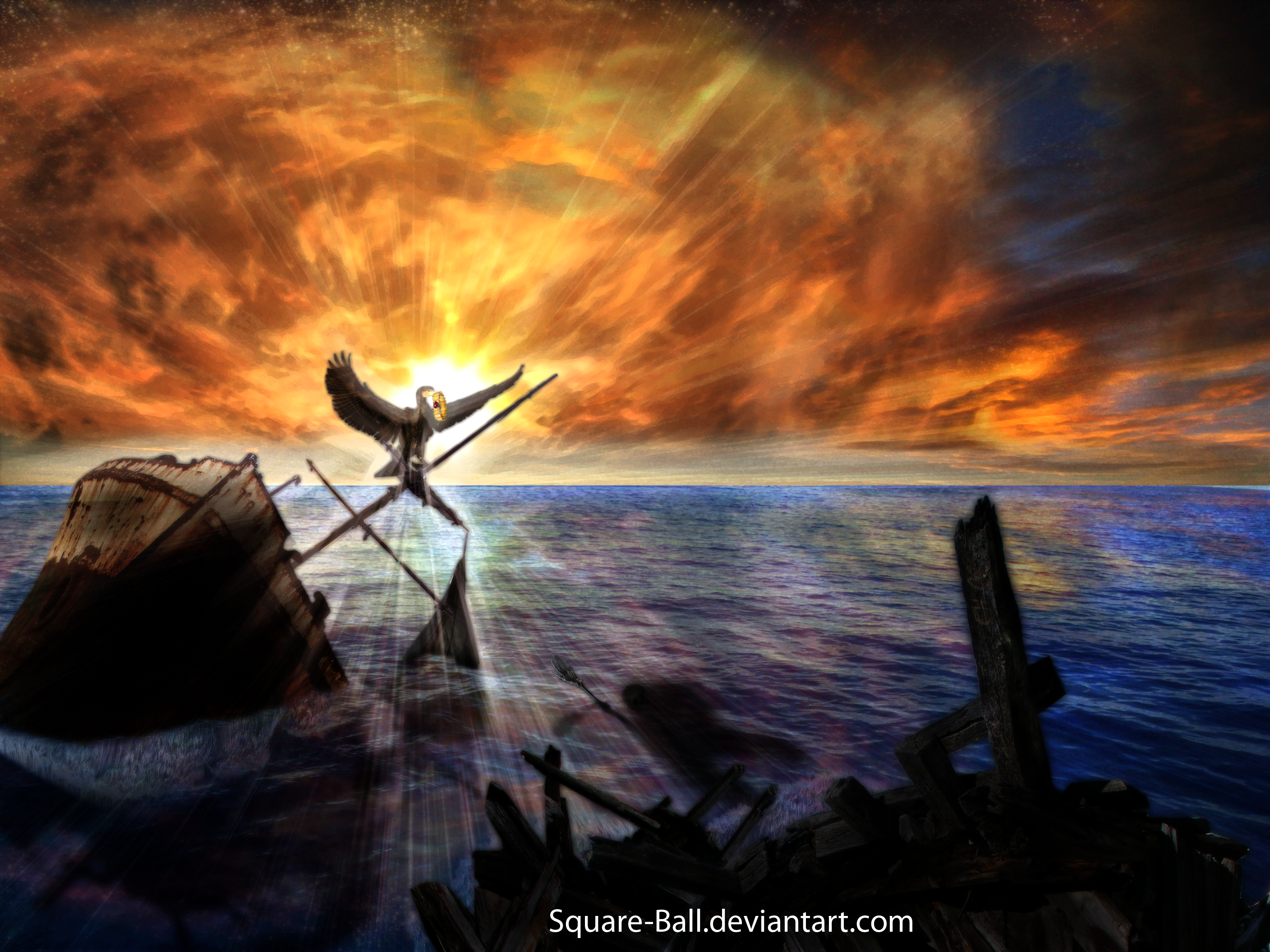Dreams and paintings…
The descriptions of Jane’s dreams and paintings are included in her autobiography, because it is an important part of who she is. It provides information about her inner, subconscious thoughts and represents her biggest dreams and deepest fears. It reveals her raw emotions which she does not always show, because she is expected to be the perfect Victorian lady. Her dreams also serve as warning symbols for the future. Jane believes in Bessie’s superstition, that to dream of children was a sure sign of trouble. Because, the day after Bessie dreamt of a child, she found out her sister was dead.
Dreams can also represent things that happen in Jane's life. In chapter six, Jane begins having dreams about children. This could be, because she is starting to have stronger feelings for Rochester. After taking a walk around with Rochester, Jane has a series of child dreams:
". . . during the past week scarcely a night had gone over my couch that had not brought with it a dream of an infant” (Brontё, 141).
While working as a governess at Thornfield manor, Rochester realises that Jane has a talent for painting and becomes interested in three of her watercolour paintings. These paintings reveal Jane’s awareness of her “dreamworld”. Rochester says, "I daresay you did exist in a kind of artist's dreamland while you blent and arranged these” (Brontё, 108).
 The first painting shows a ship, the bare hand of a faintly visible drowned corpse, and a gold bracelet rising out of a green sea. This painting is an expression of Jane’s conscious thoughts, but also of her subconscious, which is represented by the drowning corpse. It could be symbolic of Jane’s inner feelings of despair and hopelessness during her time at Lowood, but could also serve as a foreshadowing of trouble to come.
The first painting shows a ship, the bare hand of a faintly visible drowned corpse, and a gold bracelet rising out of a green sea. This painting is an expression of Jane’s conscious thoughts, but also of her subconscious, which is represented by the drowning corpse. It could be symbolic of Jane’s inner feelings of despair and hopelessness during her time at Lowood, but could also serve as a foreshadowing of trouble to come. The second painting is of a hill with leaves and grass, blown by the wind. The dark sky is also visible in the background and in the sky is the partial figure of a woman. The evening star can also be seen. Mr. Rochester interprets the hill to be Mt Latmos, which is where the goddess Selene fell in love with Endymion in Greek mythology. This could serve as a foreshadowing of Jane’s relationship with Rochester and is a sign of her longing to find love herself.
The second painting is of a hill with leaves and grass, blown by the wind. The dark sky is also visible in the background and in the sky is the partial figure of a woman. The evening star can also be seen. Mr. Rochester interprets the hill to be Mt Latmos, which is where the goddess Selene fell in love with Endymion in Greek mythology. This could serve as a foreshadowing of Jane’s relationship with Rochester and is a sign of her longing to find love herself. The third image is of iceberg in the winter sky, there is a colossal human head resting on the iceberg. “Above the temples, amidst wreathed turban folds....gleamed a ring of white flame....This pale crescent was ‘The likeness of a Kingly Crown’ what it diademed was ‘the shape which shape had none’” (Brontё, 107).
Again this painting could reveal Jane subconscious thoughts of hopelessness and her cold and lonely despair. This could be interpreted as a symbol of Rochester’s loss of his sight later in the novel.
It can be concluded that Jane’s dreams and paintings tell the reader things about Jane, which she does not always show through her words or actions. In other words it is the author’s way of revealing Jane’s deepest emotions to the reader. This increases the complexity of the character and helps the reader to understand her better, because we are given insight to her inner thoughts.


No comments:
Post a Comment